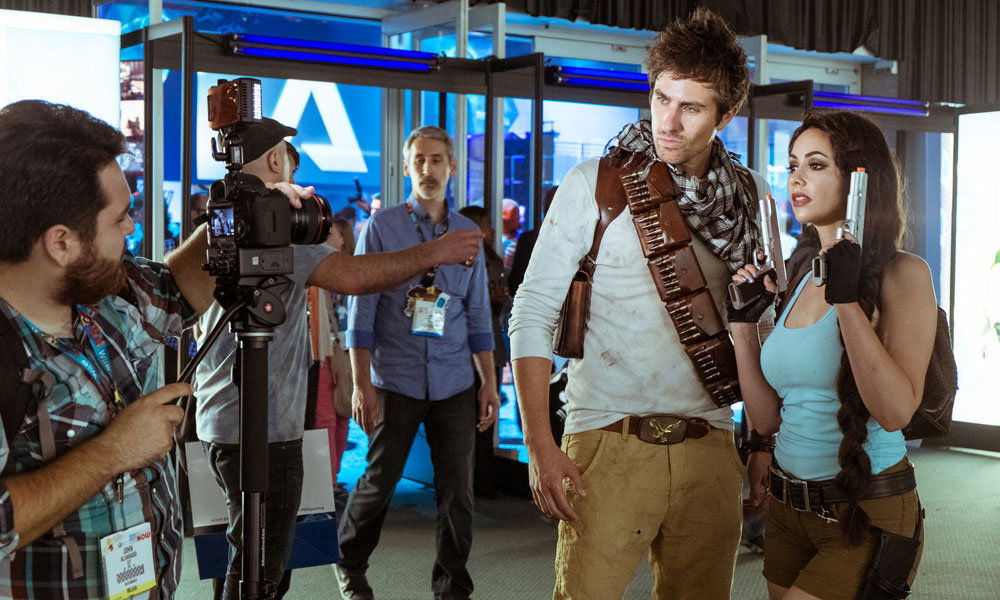
Despite Perception, Many Women Are Gamers, Too
With next-generation gaming systems dominating the industry buzz, a study from the Entertainment Software Association finds that gaming isn't just a male pastime: More women are picking up the controllers. But sexism is still an issue for the industry.
When you think of Call of Duty, the first thing that might come to mind is boys ages 17 and younger spending hours playing online.
However, the recent Entertainment Software Association (ESA) annual report on the gaming industry finds they are only 19 percent of gamers. Meanwhile, not only are a large number of women playing games—they’re also purchasing them.
The Data is in
The findings on sales and usage in ESA’s annual report show a change in the demographics of gaming. The study, “2013 Essential Facts About the Computer and Video Game Industry,” states that 45 percent of gamers are now female (31 percent are women age 18 and older). The ESA’s press release announcing the report also noted that”46 percent of the time [women] are the most frequent game purchasers.” This suggests that women no longer are silent members of the gaming community, but rather active gamers who contribute to the multibillion-dollar industry.
As much as women love to game and are buying 45 percent of the market, the industry is still men, primarily.
The potential for change
The findings highlight the diversity of gaming consumers, and the ESA hopes to encourage it. “This new data underscores the remarkable upward trajectory for video games. It is an entertainment form enjoyed by hundreds of millions of consumers worldwide,” Michael D. Gallagher, ESA president and CEO, said in the statement. “A diverse and energized consumer base, remarkable new hardware, and outstanding software all combine to foster growth for our industry.”
Yet the industry is still largely geared toward men and faces criticism for the way women are portrayed in many games. The ESA’s Electronic Entertainment Expo (E3) conference, held last week in Los Angeles, shows the growing pains the industry still faces in appealing to women. As the Associated Press reports, female gaming enthusiasts were few and far between at the event. Nyko’s Jess Sylvia noted that the lines for the women’s bathrooms were much shorter than for the men’s rooms. “As much as women love to game and are buying 45 percent of the market, the industry is still men, primarily,” she told the wire service.
Many of the women at E3 are promotional models (known as “booth babes”) dressed up as sexualized versions of video game characters, though AP noted there were fewer at this year’s event. Gallagher told AP there have been efforts to change that practice, including instituting dress codes designed to discourage revealing clothing.
Game writer and designer Alli Thresher told Campus Progress that the gaming industry still needs to make big strides toward establishing positive images of women in general, both in the real world and in games.
“We’re a young industry and we have a long way to go,” Thresher told the advocacy site. “It is on us, the content creators, the industry professionals, and game developers to lead the way for the gamer community—our consumers—to follow.”
The ESA has faced claims of sexism against women at its Electronic Entertainment Expo (E3) conference. (photo by xophe_g/Flickr)






Comments